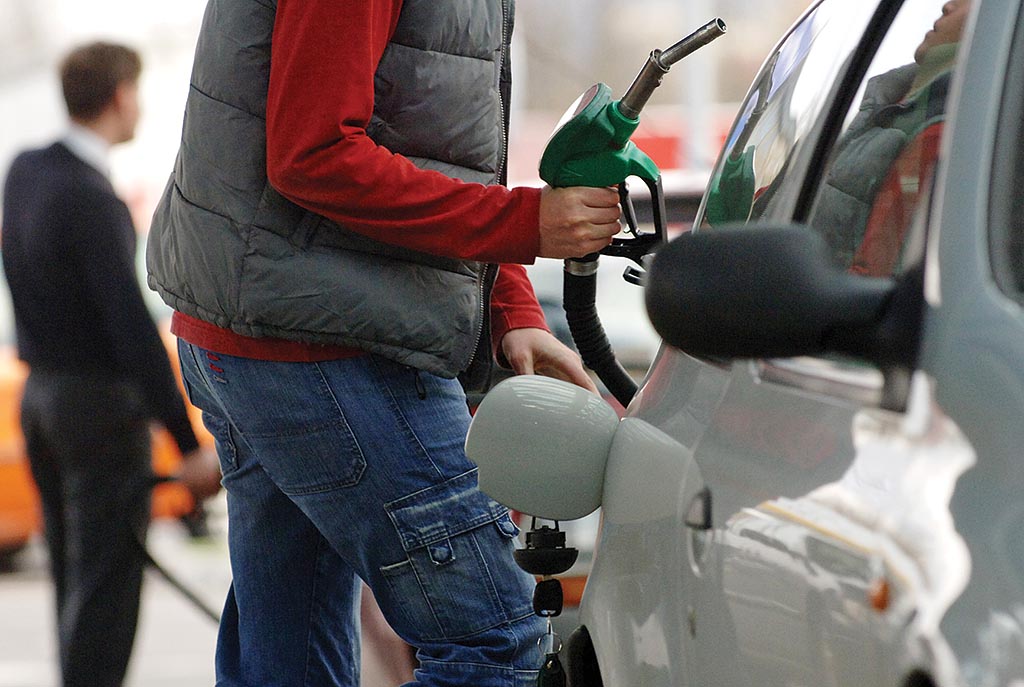The first year of the Golob government was mainly a year of inflation. Although inflation is a pan-European and global phenomenon, which came about as a result of printing “cheap” helicopter money, Slovenia has so far consistently surpassed the EU average in terms of inflation. Fuel prices have been the only thing that has kept Slovenian inflation below the threshold, after which we would have to start calling it hyperinflation, due to the limiting of oil company profits – which we taxpayers will be “paying back” anyway in the form of compensation to the fuel companies Petrol, MOL and OMV. But now that is over, too. Our government is regulating prices, even though they have fallen to pre-war prices, and it is regulating them in order to justify the gradual rise in prices (it is raising excise duties every 14 days, and at the same time, it has reintroduced the electricity transition tax). In Croatia, fuel prices are already noticeably lower than here.
At midnight on Tuesday, the prices of petrol, diesel and heating oil have risen at petrol stations off the motorways. If you filled up your tank with fifty litres of petrol before midnight, you saved 1.5 euros, 0.3 euros for fifty litres of diesel and 10 euros for one thousand litres of heating oil. Croatian fuel prices have also risen, but they are still noticeably cheaper, with diesel in particular, as it is already almost 12 percent more expensive in Slovenia than in our neighbouring country.
The new prices will apply until Monday, the 19th of June. The maximum prices apply at off-highway petrol stations, while retailers at motorway service stations are free to set their prices however they see fit. Fuel prices on the motorway are freely determined, and which roads count as motorways and expressways are defined by the Regulation on the categorisation of national roads.
As of Wednesday, petrol in Slovenia costs 1.412 euros per litre, while in neighbouring Croatia, it costs 1.38 euros per litre, which is 2.3 percent less. Diesel costs 1.432 euros per litre in Slovenia and 1.28 euros per litre in Croatia, 11.9 percent less than in Slovenia.
The government has used the lower fuel prices to fill its budget
The main reason for lower fuel prices in Croatia is lower duties. As mentioned above, Slovenia has taken advantage of the recent cheapening of fossil fuels on world markets to raise excise duties instead of consumers benefiting from lower world prices. The price of crude oil on world markets today is USD 71, compared with USD 111 a year ago, at the height of the war in Ukraine. In addition to excise duties, the government has also used the fall in world prices to reintroduce energy taxes (OVE + SPTE contribution and URE contribution) and an environmental levy on carbon dioxide emissions (CO2 tax) on certain fossil fuels.
We have also been paying the Electric Vehicle Levy for some time now, which will subsidise the purchase of new electric vehicles. To translate this into language that everyone can understand, the ordinary poor, who can barely afford to charge their Clio for more than 70 euros, are paying a subsidy to the rich, who can buy a Tesla for 50,000 euros. It is not surprising, then, that the price of diesel in Slovenia is so much higher than in Croatia.
Prices on world markets are down again
The prices of motor fuel are calculated on the basis of a methodology based on the evolution of the prices of petroleum products on the world market and the evolution of the USD/Euro exchange rate. The model prices are calculated on the basis of 14-day averages of the prices of mineral petroleum products. What counts as petroleum products are 95 octane unleaded petrol, unadulterated diesel and fuel oil. Prices also rose on the back of Saudi Arabia’s announcement that it would cut its output in July. Meanwhile, prices fell again today on the back of a weaker economic outlook for the world economy. Although the world price increases of the last 14 days are also factored into the equation in Croatia, the price of fuel there is still lower.
Andrej Žitnik


